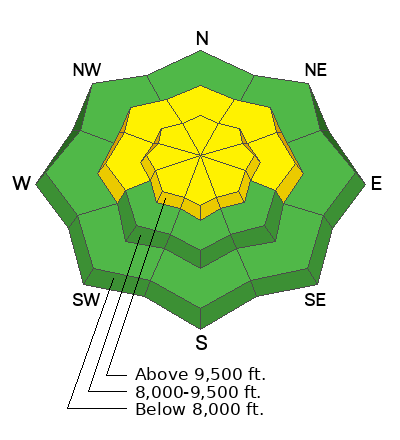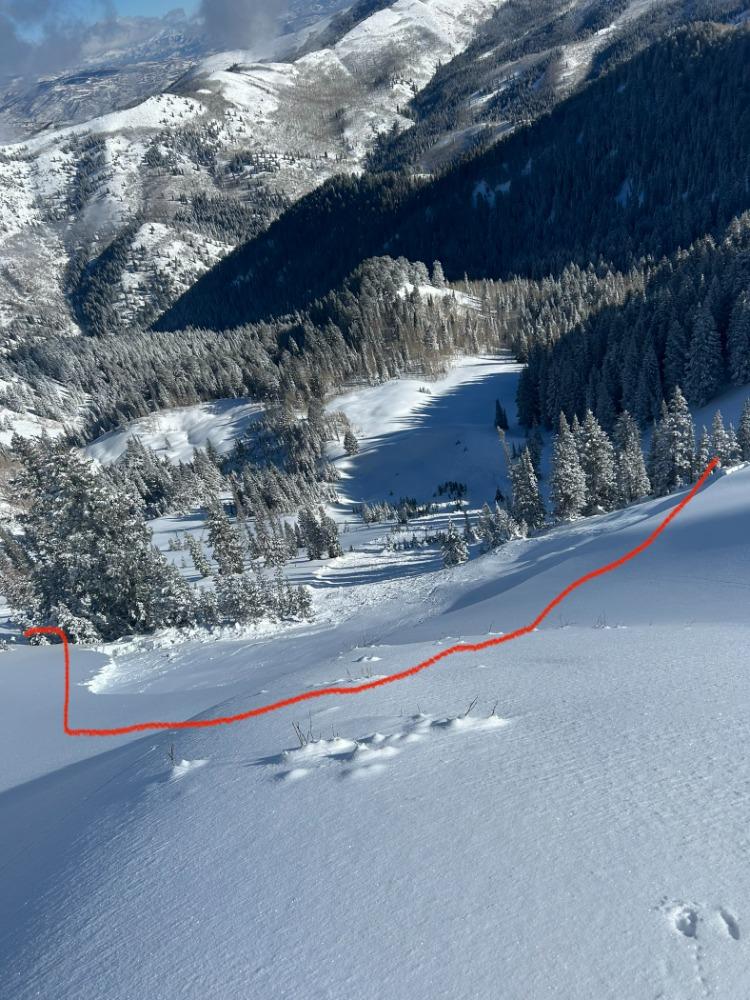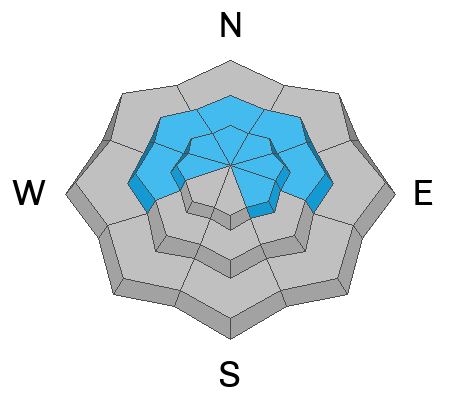Forecast for the Provo Area Mountains

Issued by Trent Meisenheimer on
Sunday morning, December 10, 2023
Sunday morning, December 10, 2023
Across all upper elevations, you will find a MODERATE avalanche danger for wind-drifted snow where soft slabs 1-2 feet deep could be sensitive to the weight of humans.
The avalanche danger is MODERATE on steep west-to-north and east-facing slopes above 8000' as well as southeast-facing slopes above 9500' where it's possible to trigger a slab avalanche that could break 1-3 feet deep and hundreds of feet wide because of a buried persistent weak layer.
Natural avalanches are unlikely, while human-triggered avalanches are possible.

Low
Moderate
Considerable
High
Extreme
Learn how to read the forecast here









